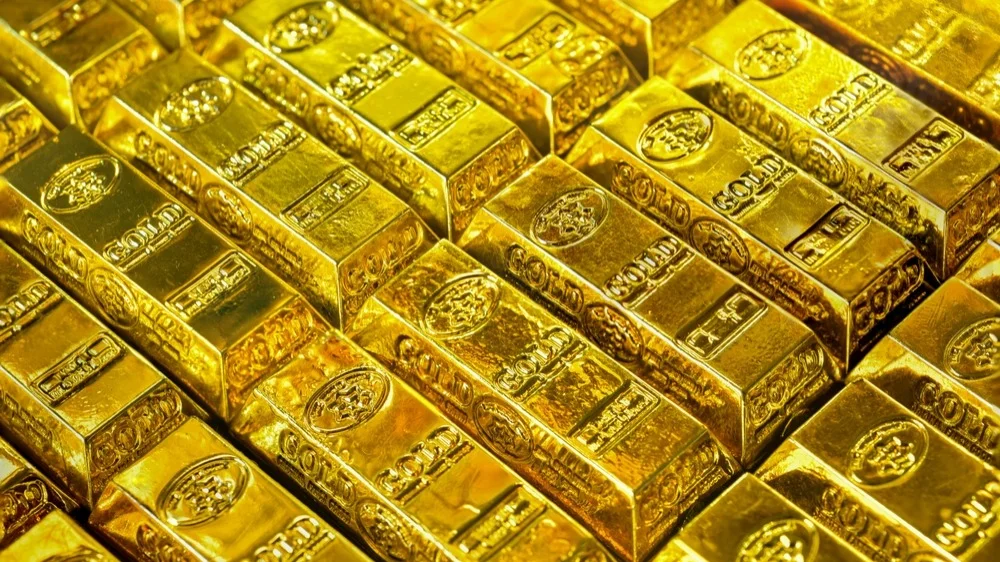Gold has not updated the record since April. What can raise prices to $4 thousand per ounce?
By the end of Donald Trump's presidential term, gold could be worth as much as $6,000

The rise in gold prices in the first half of 2025 is the fastest since the abolition of the pegged Bretton Woods monetary system. Although gold has been trading below its all-time highs in recent months, there is a factor that could push gold up to $4,000 an ounce, writes Barron's.
Details
"Gold's rise to $4,000 an ounce is not a matter of 'if' but 'when,'" quotes Barron's quoting a recent survey by research firm Yardeni. Analysts have been talking about this for months. Now they include major Wall Street banks including Goldman Sachs, Morgan Stanley and Bank of America - they, too, see reaching that mark as a matter of the coming months or years, noted Yardeni. JPMorgan Chase is also in the "$4,000 club," with the bank expecting gold at $4,000 an ounce by the second quarter of 2026 and $6,000 an ounce by the end of Donald Trump's presidency in 2029, Mining.com reported in May.
Gold has been rising in price for the last five days out of six. On July 2, quotations rose by 0.1% to reach $3354 per ounce. One of the main reasons for this rally is what is happening in Washington, writes Barron's. A day earlier, the U.S. Senate approved Trump's tax bill, which threatens to increase the U.S. national debt by more than $3 trillion, with a minimal margin. On the same day, the U.S. president said he would not extend the delay in duties for dozens of countries expiring on July 9.
Signals from Washington increase the likelihood that large foreign investors - primarily central banks - will continue to seek alternatives to dollar assets, including U.S. government bonds. Central banks have traditionally held reserves in dollars, but have recently been concerned about the Trump administration's actions. The People's Bank of China increased gold reserves in May for the seventh straight month despite high prices. Other central banks are also buying gold - including U.S. allies like Poland, mentioned Barron's.
Other reasons: the dollar and geopolitics
While Trump's aggressive rhetoric does contribute to gold's rise, the surge in central bank buying began even after U.S. President Joe Biden froze Russian assets following the invasion of Ukraine in 2022. The rally has slowed in recent months, with current spot quotes about 4.2 percent below April's record of $3500.05 an ounce. But the main drivers of growth - trade uncertainty and rising U.S. debt - are still in place.
At the same time, the dollar continues to weaken. Since gold is traded in dollars, a weaker currency makes the metal cheaper for overseas buyers and usually stimulates demand, as Barron's reminds. The dollar ended the first half of 2025 with the worst performance in half a century. The January-June drop in the U.S. currency index was also the sharpest since 2009.
This article was AI-translated and verified by a human editor
